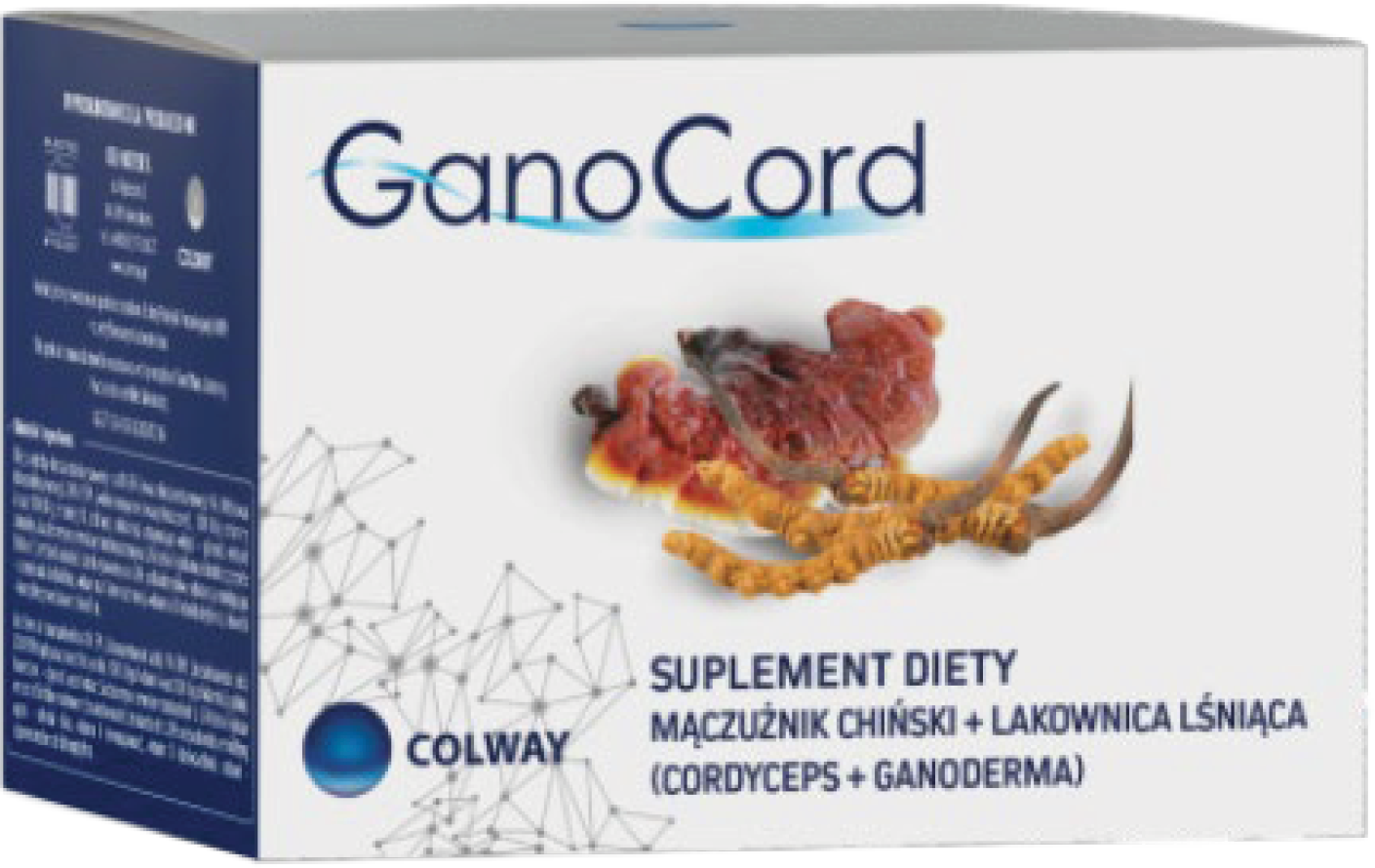Add some pink in your life!
Fish oil with omega-3 fatty acids isn’t the only thing from the ocean that can improve function in the human body. Astaxanthin is a carotenoid pigment that occurs in trout, microalgae, yeast, and shrimp, among other sea creatures. It’s most commonly found in Pacific salmon and is what gives the fish its pinkish color.
An antioxidant, astaxanthin is said to have many health benefits. It’s been linked to healthier skin, endurance, heart health, joint pain, and may even have a future in cancer treatment.
1. Antioxidant
As you may be aware, antioxidants are good for you. Astaxanthin’s antioxidant properties provide the main source of the health claims and benefits of the supplement, particularly when used to help treat cancer.
It’s been linked to trusted sources to improved blood flow, and lowering oxidative stress in smokers and overweight people. A comparison study of astaxanthin and other carotenoids showed that it displayed the highest antioxidant activity against free radicals.
2. Cancer
Because of its antioxidant properties, there has been a lot of research on how astaxanthin might help to treat various cancers. One study found short- and long-term benefits for the treatment of breast cancer, including reduced growth of breast cancer cells. The high cost of purified astaxanthin has limited its use in further studies and cancer treatments.
3. The skin
Astaxanthin can be used topically to promote healthy skin. A 2012 study showed that combining topical and oral doses of astaxanthin can help to smooth wrinkles, make age spots smaller, and help maintain skin moisture. There were positive results in both men and women, but more study is needed to confirm these findings.
4. Exercise supplement
There has been a lot of study on how astaxanthin can affect endurance, as well as fatigue levels after exercise. Studies on mice show that it can boost the body’s use of fatty acids, which helps endurance, and prevent muscle and skeletal damage.
So far, however, evidence for its effects on human exercise is still lacking. One study using human subjects found no exercise benefits from astaxanthin supplements in relation to muscle injury.
5. Heart health
Researchers are also looking into claims that astaxanthin can benefit heart health. A 2006 study examined astaxanthin’s effects on rats with hypertension (high blood pressure), and results indicated that it may help to improve elastin levels and arterial wall thickness. Other claims include the notion that astaxanthin can prevent heart disease and help lower cholesterol, but there isn’t sufficient evidence to support these uses yet.
6. Joint pain
Astaxanthin may also have a future in the treatment of joint pain, including conditions like rheumatoid arthritis, which affects nearly one in every five Americans, and carpal tunnel syndrome. However, results so far have been mixed.
Some studies show that astaxanthin may be able to reduce inflammation and pain symptoms related to arthritis. However, a study on the relationship between astaxanthin and carpal tunnel syndrome found no evidence to support the claim.
7. Male fertility
In a 2005 study, astaxanthin showed positive results for male fertility. Over the course of three months, the double-blind study examined 30 different men who were previously suffering from infertility. The researchers saw improvements in sperm parameters, like count and motility, and improved fertility in the group who received a strong dosage of astaxanthin. As this was a relatively small-scale study, more evidence and research is needed to support this claim.
Get some salmon in your belly
While the jury’s still out on some of these health claims, you can be sure that — being an antioxidant — astaxanthin is good for you.
Choose whole foods as your first option for getting required nutrients. Astaxanthin is available in supplement form, but the U.S. Food and Drug Administration doesn’t monitor the manufacture or sale of supplements or herbs.






